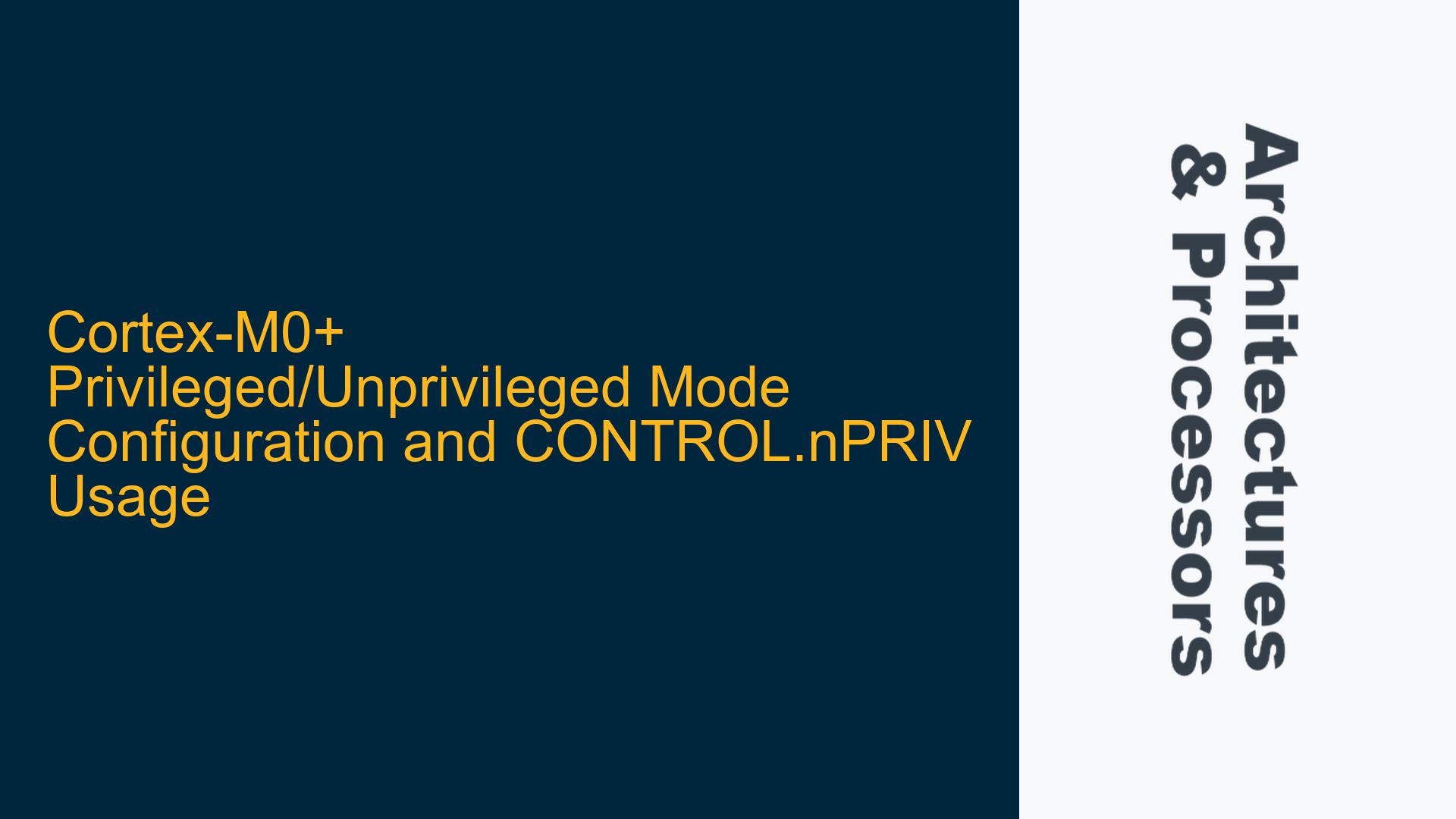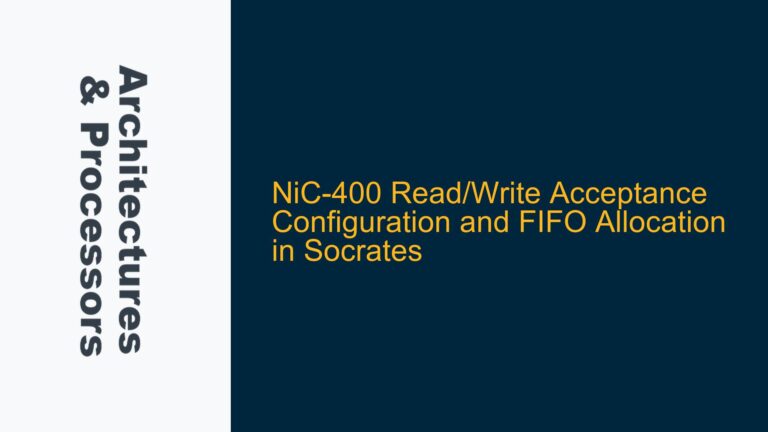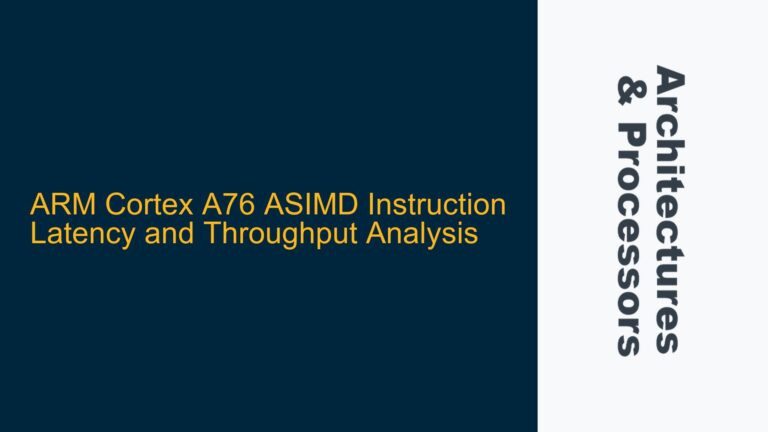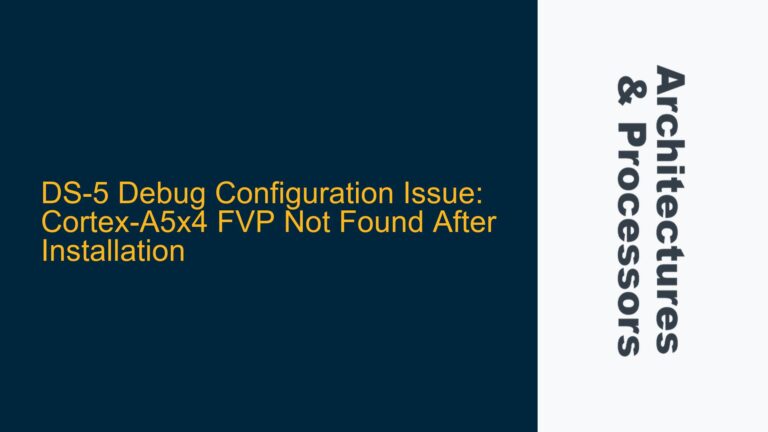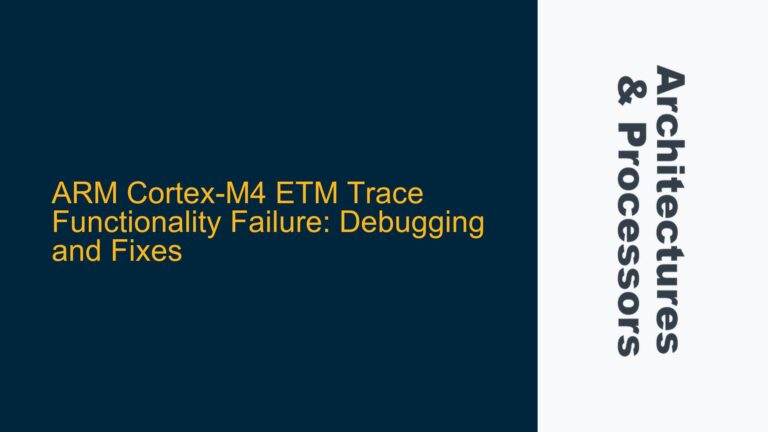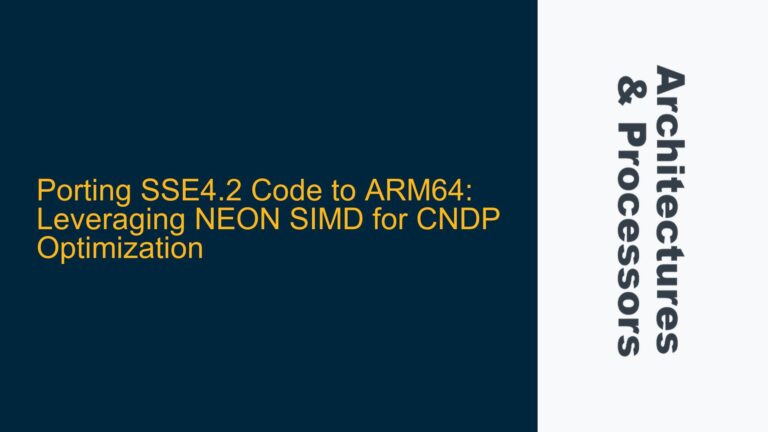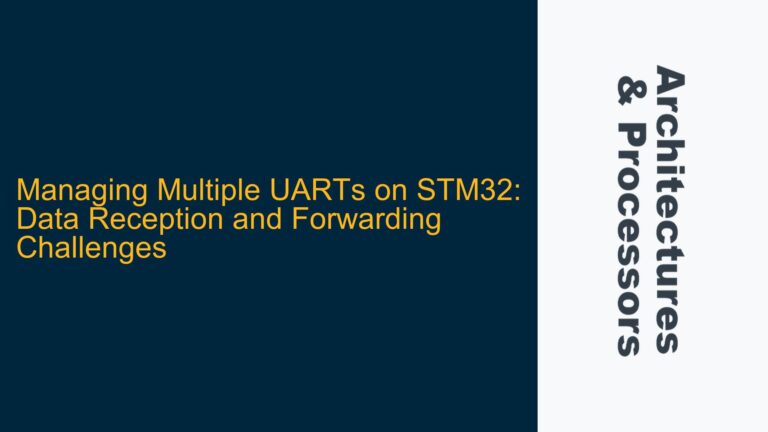Understanding Cortex-M0+ Privileged and Unprivileged Execution Modes
The ARM Cortex-M0+ processor, based on the ARMv6-M architecture, supports two primary execution modes: Handler Mode and Thread Mode. Handler Mode is always privileged, meaning the processor has full access to all system resources and registers. Thread Mode, however, can operate in either privileged or unprivileged mode, depending on the configuration of the CONTROL.nPRIV bit in the CONTROL register. This dual-mode operation is critical for implementing security and resource isolation in embedded systems, particularly in applications where untrusted code must be executed alongside trusted code.
The CONTROL register is a special-purpose register that governs the processor’s execution mode and stack pointer selection. Specifically, the nPRIV bit in the CONTROL register determines whether Thread Mode operates in privileged or unprivileged mode. When nPRIV is set to 1, Thread Mode operates in unprivileged mode, restricting access to certain system resources and registers. When nPRIV is set to 0, Thread Mode operates in privileged mode, granting full access to the system.
The ability to dynamically switch between privileged and unprivileged modes is a powerful feature, but it also introduces complexity. Understanding how the CONTROL.nPRIV bit is configured and manipulated is essential for developers working with the Cortex-M0+ processor. This includes knowing whether the feature is implemented in the specific microcontroller being used, as the privileged mode extension is optional in the Cortex-M0+ architecture.
CONTROL.nPRIV Configuration: Hardware vs. Software Control
The CONTROL.nPRIV bit can be configured either statically by hardware or dynamically by software, depending on the implementation of the Cortex-M0+ processor. In some microcontrollers, the nPRIV bit may be tied to 0, effectively disabling unprivileged mode and forcing Thread Mode to always operate in privileged mode. This is often the case in simpler or cost-optimized implementations where the privileged mode extension is not included.
In microcontrollers that support the privileged mode extension, the nPRIV bit can be dynamically modified by software. This allows the operating system or firmware to switch between privileged and unprivileged modes during runtime, enabling fine-grained control over resource access. The CONTROL register can be accessed using the MRS (Move to Register from Special Register) and MSR (Move to Special Register from Register) instructions. For example, to set the nPRIV bit, the following assembly code can be used:
MRS R0, CONTROL ; Read the CONTROL register into R0
ORR R0, R0, #1 ; Set the nPRIV bit
MSR CONTROL, R0 ; Write the modified value back to CONTROL
Alternatively, developers using CMSIS-CORE-compliant software packages can use intrinsic functions such as __set_CONTROL and __get_CONTROL to manipulate the CONTROL register in C code. These functions abstract the underlying assembly instructions, making it easier to work with the CONTROL register in high-level code.
It is important to note that modifying the CONTROL.nPRIV bit has immediate effects on the processor’s execution mode. Switching from privileged to unprivileged mode restricts access to certain system resources, including the CONTROL register itself. Therefore, care must be taken to ensure that the processor remains in a valid state after modifying the nPRIV bit.
Troubleshooting CONTROL.nPRIV Configuration and Mode Switching Issues
When working with the CONTROL.nPRIV bit and privileged/unprivileged mode switching, several issues can arise. These include incorrect initialization of the CONTROL register, unintended mode transitions, and access violations due to insufficient privilege levels. Below, we explore common problems and their solutions.
Incorrect Initialization of the CONTROL Register
One of the most common issues is the incorrect initialization of the CONTROL register during system startup. If the nPRIV bit is not properly configured, the processor may enter an unexpected execution mode, leading to runtime errors or security vulnerabilities. For example, if the nPRIV bit is inadvertently set to 1 during initialization, the processor may start in unprivileged mode, preventing access to critical system resources.
To avoid this issue, developers should ensure that the CONTROL register is explicitly initialized during system startup. This can be done in the reset handler or startup code. The following example demonstrates how to initialize the CONTROL register to start in privileged mode:
void Reset_Handler(void) {
// Initialize the CONTROL register for privileged mode
__set_CONTROL(0x00);
// Continue with other initialization tasks
SystemInit();
main();
}
Unintended Mode Transitions
Another common issue is unintended transitions between privileged and unprivileged modes. This can occur if the nPRIV bit is modified without proper safeguards, such as ensuring that the processor is in a valid state before making the transition. For example, switching to unprivileged mode while executing code that requires privileged access can result in access violations or undefined behavior.
To prevent unintended mode transitions, developers should implement safeguards when modifying the nPRIV bit. This includes checking the current execution mode and ensuring that the processor is in a safe state before making the transition. The following example demonstrates how to safely switch from privileged to unprivileged mode:
void SwitchToUnprivilegedMode(void) {
// Ensure the processor is in privileged mode
if ((__get_CONTROL() & 0x01) == 0) {
// Perform necessary cleanup or state saving
SaveProcessorState();
// Switch to unprivileged mode
__set_CONTROL(__get_CONTROL() | 0x01);
}
}
Access Violations Due to Insufficient Privilege Levels
Access violations can occur when code running in unprivileged mode attempts to access restricted resources or registers. This is a common issue when transitioning from privileged to unprivileged mode, as the processor’s access permissions change immediately upon modifying the nPRIV bit.
To mitigate access violations, developers should carefully design their software to ensure that unprivileged code does not attempt to access restricted resources. This can be achieved by implementing proper privilege separation and using the Memory Protection Unit (MPU) to enforce access permissions. The MPU can be configured to restrict access to specific memory regions based on the processor’s execution mode, providing an additional layer of security.
The following example demonstrates how to configure the MPU to restrict access to a specific memory region when in unprivileged mode:
void ConfigureMPU(void) {
// Disable the MPU during configuration
MPU->CTRL = 0;
// Configure region 0 to restrict access in unprivileged mode
MPU->RNR = 0;
MPU->RBAR = 0x20000000; // Base address of the restricted region
MPU->RASR = (0x03 << 24) | // Size of the region (64 KB)
(0x01 << 19) | // Enable region
(0x00 << 18) | // Disable execute never
(0x00 << 17) | // Disable shareable
(0x00 << 16) | // Disable cacheable
(0x00 << 8) | // Disable bufferable
(0x00 << 1) | // Privileged access only
(0x01 << 0); // Enable region
// Enable the MPU
MPU->CTRL = 1;
}
Debugging and Testing Privileged/Unprivileged Mode Switching
Debugging issues related to privileged/unprivileged mode switching can be challenging, as the symptoms may not be immediately apparent. Common symptoms include unexpected behavior, access violations, and system crashes. To effectively debug these issues, developers should use a combination of hardware debugging tools and software techniques.
Hardware debugging tools, such as JTAG debuggers, can be used to inspect the processor’s state, including the CONTROL register and execution mode. This can help identify incorrect configurations or unintended mode transitions. Software techniques, such as logging and assertions, can also be used to monitor the processor’s execution mode and detect access violations.
The following example demonstrates how to use logging to monitor the processor’s execution mode:
void LogExecutionMode(void) {
uint32_t control = __get_CONTROL();
if ((control & 0x01) == 0) {
printf("Current mode: Privileged\n");
} else {
printf("Current mode: Unprivileged\n");
}
}
By combining these techniques, developers can effectively troubleshoot and resolve issues related to privileged/unprivileged mode switching on the Cortex-M0+ processor.
Conclusion
The CONTROL.nPRIV bit in the Cortex-M0+ processor plays a critical role in determining the execution mode of Thread Mode. Understanding how to configure and manipulate this bit is essential for implementing secure and reliable embedded systems. By following best practices for initialization, mode switching, and access control, developers can avoid common pitfalls and ensure that their systems operate as intended. Additionally, using debugging tools and techniques can help identify and resolve issues related to privileged/unprivileged mode switching, ensuring a robust and secure implementation.
